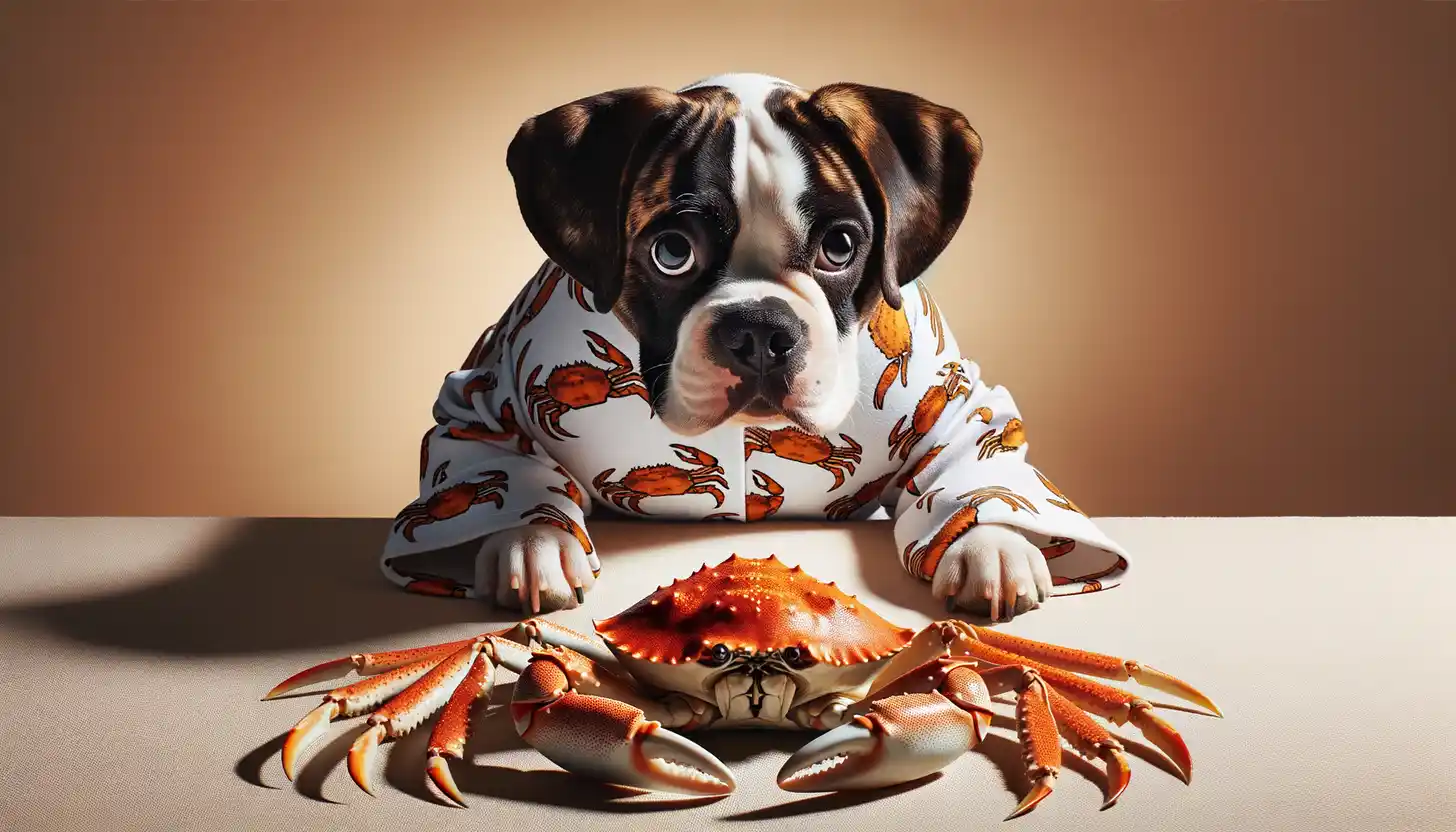
Can Dogs Eat Crab Legs?
In a nutshell, yes and no. Dogs can eat crab meat, but crab legs pose a problem. The meat itself is generally safe, but the shell can be dangerous. These shells are tough and sharp, posing serious risks of choking or gastrointestinal blockages.

By Stefan Stumpfl, in collaboration with Dr. Ali Raza.
Updated on Jun 21, 2024
Crab meat is low in fat and calories but high in essential nutrients, making it a healthy treat in moderation.
Crab Legs
Nutrition
Taste
Digestibility
Feeding Frequency
Allergic Risk
Benefits and Risks of Crab Legs
Crab meat provides a good source of protein and omega-3 fatty acids, which are beneficial for your dog's coat and joints. However, feeding crab legs to your dog can be risky. The shells can splinter, causing mouth injuries or digestive issues. Additionally, crab meat can sometimes be high in sodium and cholesterol, which isn't great for dogs in large quantities. Always ensure the crab is fresh and properly cooked to avoid food poisoning.
Other Products Containing Crab?
Crab may sneak into various human foods that might seem tempting for your dog:
- Crab cakes – These often contain onions, garlic, and spices, which are toxic to dogs.
- Imitation crab meat – Usually loaded with additives and preservatives that are harmful.
- Seafood salads – May contain various ingredients and dressings that are unsafe for dogs.
How to Feed Crab Meat to Your Dog?
If you decide to treat your dog to some crab meat, here’s the playbook:
- Remove shells completely to avoid any risk.
- Boil or steam the crab without any seasoning.
- Offer only small, bite-sized portions as an occasional treat.
What If Your Dog Reacts Badly to Crab Legs?
If your dog shows signs of discomfort or distress after eating crab, like vomiting, diarrhea, or lethargy, contact your vet immediately. Swift action can prevent more serious issues.
Safer Alternatives to Crab Legs
If you want to give your dog a taste of seafood without the risks, consider these:
- Salmon – Cooked, boneless, and skinless. Rich in omega-3 fatty acids, great for coats.
- Whitefish – Easily digestible and less likely to cause allergies.
- Shrimp – Cooked thoroughly and without the shell, another good protein source.
Conclusion
While crab meat is not a dietary foul for dogs, crab legs surely are. It's best to stay on the cautious side, always removing the shell and serving in moderation. When introducing any new food into your dog’s diet, always consult with your veterinarian to ensure it's a good fit. After all, our furry friends deserve the best!